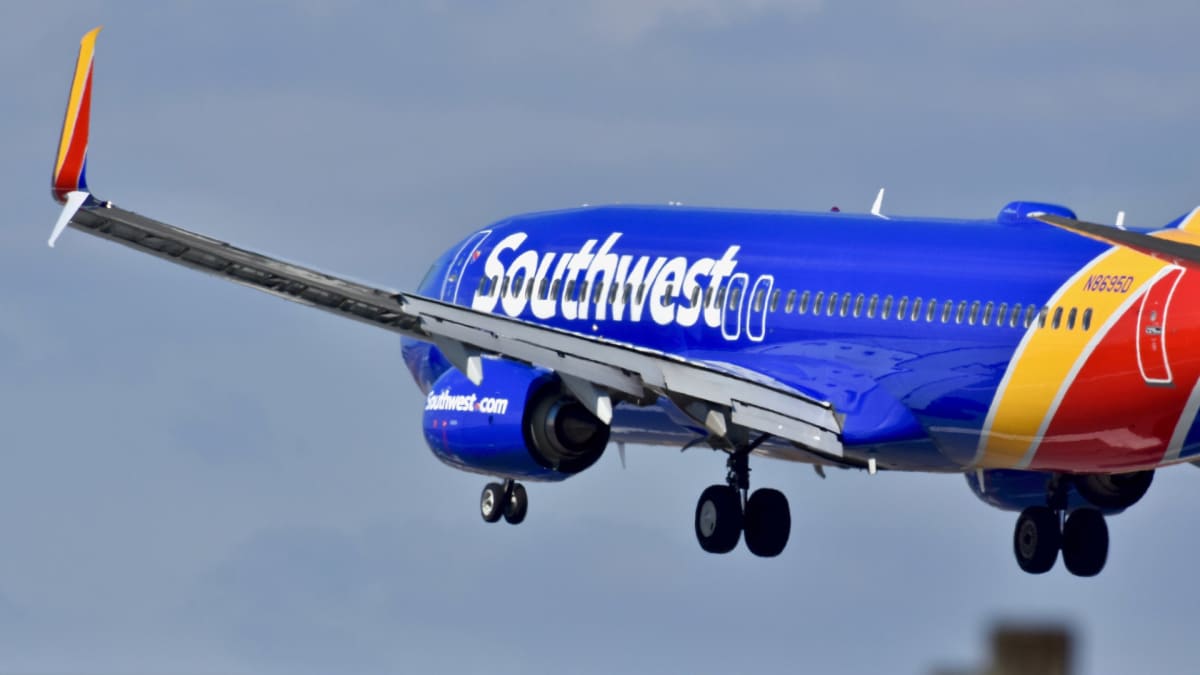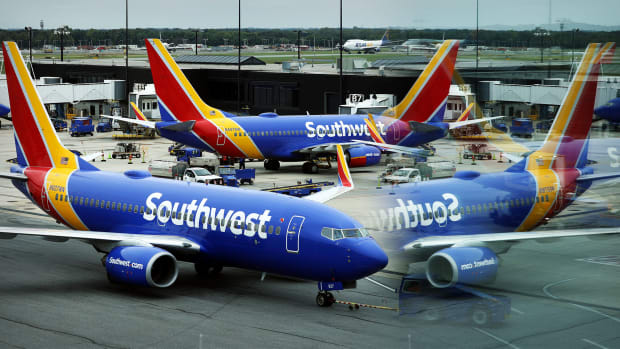
The covid pandemic dealt the airline industry a number of blows that it has struggled to come back from. Since the virus slashed the demand for air travel for over a year, airlines had to do what they could to save money.
In many cases, that meant two things -- figuring out how to employ fewer people and not buying new airplanes. Each airline approached the staffing issue differently. Southwest Airlines (LUV), for example, offered early retirement while United Airlines (UAL) laid off some employees.
DON'T MISS: American Airlines Has Some Summer Gifts For Passengers
In addition, all the airlines had the normal staff attrition that happens each year but did not make the usual efforts to replace those people. That led to a shortage of pilots which has placed a constraint on the ability of Southwest, United, and many other airlines to fly their full schedules.
Those problems. however, will be resolved (in most cases) by the end of the year when a new issue will constrain the airlines -- a lack of airplanes. Both Boeing (BA) and Airbus (EADSY) have had trouble keeping up with demand. Both companies are delivering at least 20 fewer planes each month than planned, McKinsey Partner Vik Krishnan told Travel Weekly.
That's an issue Southwest and other airlines have said will soon be the core reason they can't increase their flight schedules which is very bad news for consumers.

Kevin Dietsch/Getty Images
Fewer New Planes, Means Higher Airfares
Airlines regularly cycle in new planes, not just to grow, but so they can take older planes out of service. Newer planes are generally (but not always) cheaper to operate and are more reliable than older models. Not getting their expected deliveries forces airlines to keep older planes in service longer than planned.
Boeing and Airbus can't catch up -- and face falling even further behind -- because of global supply chain issues. That's a much bigger issue for airplanes which require hundreds of suppliers from all over the world than for pretty much any other product.
"It doesn't help if 299 of your suppliers are doing great and one isn't," Krishnan told the website. "It's not like you can send a plane out with a few parts missing. Unfortunately, with a supply chain, the longest pole in the tent is that one supplier that is unable to meet a production rate ramp."
Not being able to get new planes into service has a ripple throughout the entire industry. Most importantly, fewer planes means fewer seats and that means higher prices. It also means fewer direct flights and, in some cases, makes it a lot harder to get to smaller markets.
Southwest, JetBlue, and American Speak Up On Plane Shortages
JetBlue acknowledged the delivery shortage when it comes to new planes during its first-quarter earnings call. CEO Robin Hayes promised to be creative in trying to solve it.
"We are challenged by delays as other airlines are, and we would have to look at opportunities both short to medium-term in the leasing market and then longer-term to layer in sort of additional positions," he said.
Southwest CEO Bob Jordan expects Boeing's slowed deliveries to start constraining his airline's growth capacity soon. He talked about it during the carrier's first-quarter earnings call.
"Now, with the order book dropping, the deliveries issue dropping from 90 to 70, that's the point at which the pilot constraint turns into an aircraft constraint, is -- will definitely be earlier. It will be post-summer, late third quarter, early fourth quarter. We'll flip to aircraft-constrained from pilot-constrained," he said,
American Airlines CEO Robert Isom had more direct words for the aircraft manufacturers during his company's first-quarter earnings call.
"Boeing has been a great partner. Airbus is a great partner. But, look, at the end of the day, we need them to be incredibly reliable. We need to them to be better than what they've been," he said. "And we need them to get their act together. We need a very, very strong Boeing and we need them to be an incredible partner and we have all the confidence that they'll get there."







